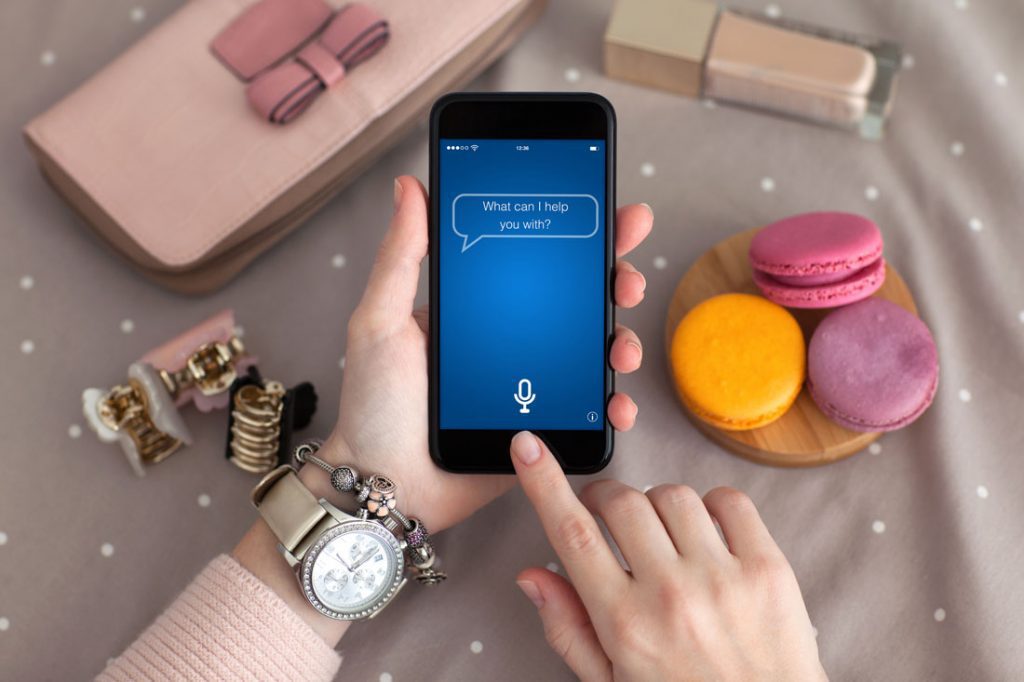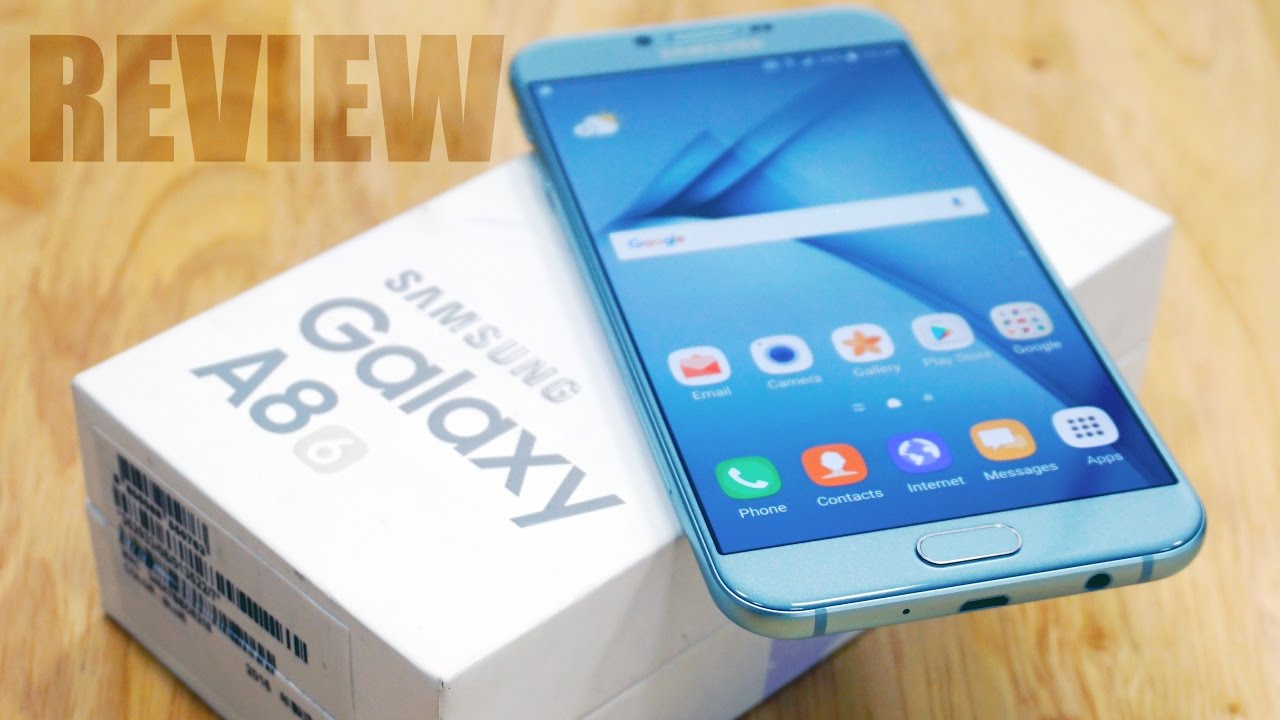
Effective lead generation is important because as a marketer you want to generate relevant leads with a high chance of new customers. Moreover, it is one of the main reasons for applying content marketing. The exact definition of a lead differs per company because this depends on the set goals. For example, someone you have the e-mail address of can be a lead, but for another company, this might be a Facebook-like. There are constant changes and developments in the area of lead generation. In this article, I discuss three striking trends to attract the target group to your website and to make leads of it.
Two phases of lead generation
To attract visitors to your website and generate leads, awareness content is essential. In the customer journey of McKinsey, this is the first step of the customer journey, in which the target group first comes into contact with the company. Someone has a question or problem – without directly linking it to a specific brand – and goes on research. The content in this phase is therefore quite general and answers the question of potential leads. This can be done through social media content, external blogs or a search engine-optimized website.
The next goal is conversion. This is the moment when a visitor of, for example, your website proceeds to make an action. A distinction can be made between hard and soft conversion.
Hard conversion contributes directly to the operating result. Think of making a purchase. There is then directly a customer and not a lead. Soft conversion responds to the ‘binding,’ lead nurturing, of a potential customer, by slowly saturating content with him. Examples of this indirect conversion are filling out a contact form or signing up for a newsletter. This type of conversion does not immediately lead to additional revenue, but the company can still produce a result in the second instance. For example, if the lead purchases as a result of the newsletter, brochure or another form of contact. The advantage of this soft conversion method is that the threshold is lower than with hard conversion.
To attract visitors to your website and generate leads, awareness content is essential.
1. Word found with voice search
Because more and more content is online, an optimized website becomes increasingly important. Recent research by Buzzsumo also shows that website traffic is decreasing via social media, but that the share of search engines is rising. This makes SEO even more important in your strategy.
With the rise of virtual assistants on devices, other search methods have been added in addition to searching with textual assignments. Examples are GoogleNow, Siri (Apple) and Bixby (Samsung). With these new technologies, users can also perform searches with their voice. Do you want to get leads on your website? Then it is important that your website can also be found through voice search. Below I give you some tips on how to realize this.
Optimize voice search

1. Focus on the 5 W and the H
Users of a virtual assistant will mainly ask questions. They see it as a kind of person you can talk to. Instead of using short tail keywords like ‘apple pie recipe,’ potential customers will start asking questions, such as “How do I bake an apple pie?”. Therefore, focus on using these long tail search terms. This can be done, for example, by creating content around questions from potential leads.
Think about the who-, what-, where-, when-, why- and how-questions that are relevant to your target group and write these questions and answers. Because you do not hide the keywords in general content, but deregister them on a special page, you will be found faster with voice search.
2. Check your micro data
With voice search, people will increasingly search for ‘the best (…) in the neighborhood’. Because the virtual assistant knows where the user is, microdata becomes even more important. Microdata is a form of structured data that you process in the HTML code of your website so that search engines understand you better. Think of your address, opening hours and reviews.
To ensure that you are the first result in a search, it is important that Google, for example, can easily find this information. With the Structured Data Testing Tool from Google, you can view the micro data of your website.
3. Make your website mobile-friendly
Although you can also use voice search on your laptop, the virtual assistants are mainly made for smartphones. Because the user searches on his phone and then ends up on your mobile site, it is extremely important that your website is mobile-friendly (where the quality of the content is paramount).
2. Found with visual search
People are visually oriented. Sometimes they spot something and want to search it online later, but they lack words to describe the object. That is why the virtual assistants, besides voice search, now offer the possibility to search with images. For example, the user creates a photograph of an object, after which visual search searches for similar objects. Examples include Google Lens and Pinterest Lens (integrated into Bixby).
This new function is especially interesting for companies in the retail sector. By allowing users to search visually, customer experience is created online that increasingly begins to look like shopping in the physical world. Moreover, the number of visual searches in 2018 increased by 140 percent.
Another important reason to use visual search is to reach the millennials. 63 percent of them indicate that the Pinterest visual platform helps them discover new brands and/or products to buy.
To generate leads through visual search, it is important that you are found via this new search method. Below I give you some tips on how to approach this.
Optimize visual search
1. Add a descriptive alt text to your images
Add the alt text to an image in HTML. If an image is not displayed, this text is shown. Also, it helps search engines understand the image. Always add a short, descriptive alt text so that a visual search engine knows what the image means.
2. Make sure your logo is visible
To improve the recognisability of your company or brand for the visual search engine, showing your logo on your products or buildings, for example, is even more important. For example, if a user wants to find a certain pair of white Nike shoes online by taking a picture of it with visual search, the virtual assistant will find it more likely if the Nike logo is clearly visible. This logo characterizes the shoe and distinguishes it from other white sneakers.
3. Check your visibility on Pinterest
The virtual assistant of Samsung (Bixby) uses the Pinterest Lens. So it is searched in the results of Pinterest. Do you want to be found through this lens? Make sure you are visible on Pinterest and use popular search terms. Do this with a keyword search and test the search results. Also, check yourself which search terms appear when you scan the logo of your brand with the visual search engine.
3. Convert visitors with chatbots to leads
A development concerning the next phase of the lead generation process is that of the use of chatbots. Once your potential customer reaches your Facebook page or landing page, you must still convert it to a lead. Personal contact is becoming increasingly important here. An example of this is the increase in content sharing via message platforms (such as WhatsApp and Slack); there is a shift from social media to ‘private media.’
One-to-one communication with every potential customer quickly becomes too expensive. For that reason, chatbots are increasingly used. By adding technology to personal customer contact, a higher percentage of website visitors can be converted into leads. Primary questions can be answered quickly.
Development here is the use of conversion-oriented landing pages. When the chat service on the landing page of Halloumi always opened up in full screen due to an unexpected bug, the visitor could only do one thing: chat. Due to this accidental error, the company received four times as many leads.
However, you do not see much of the use of chatbots as a complete landing page. However, more and more websites appear in a small chat box in one of the corners. Because the user enters into conversation with the chatbot, the company quickly finds out the reason for the website visit. Then you can ask such a person to sign up for the newsletter if he is interested.
Besides that chatbots can be used in the process before the conversion, they can also be used as a conversion method itself. For example, use the chatbot as a replacement for the newsletter. An example of this is the NOS Update: a service that sends an update of the daily news via a chatbot every day.
Because the user, for example, indicates what kind of news he wants to receive at which times, the NOS gets a good picture of the preferences of that user. Moreover, this person can also very focused things, such as “What is the latest news about Italy?” This provides valuable leads.
Lead generation with artificial intelligence
Voice search, visual search, and chatbots. All three have one thing in common: artificial intelligence (AI). The term stands for devices that learn to take decisions on the basis of data, impulses and their environment. This technique is becoming increasingly important. According to Servion Global Solutions, AI will even support 95 percent of all customer interactions by 2025.
Artificial intelligence thus becomes crucial in your strategy to generate more leads. Would you allow it?








